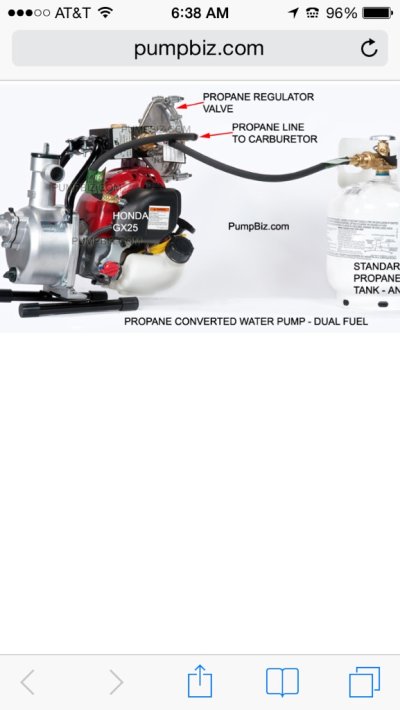RT Firefly
Enigma
Greetings,
As well as the requisite wooden plugs, we keep a 5'X7' tarp which we "can" (maybe) deploy from the outside, held with ropes at the corners going around and under the hull to "cover" a large hole. This is the theory in any case. Good luck getting it to work BUT, the thought is there.
As well as the requisite wooden plugs, we keep a 5'X7' tarp which we "can" (maybe) deploy from the outside, held with ropes at the corners going around and under the hull to "cover" a large hole. This is the theory in any case. Good luck getting it to work BUT, the thought is there.


